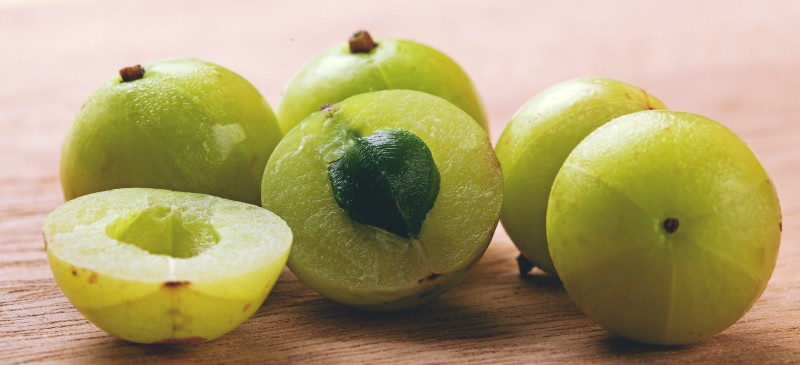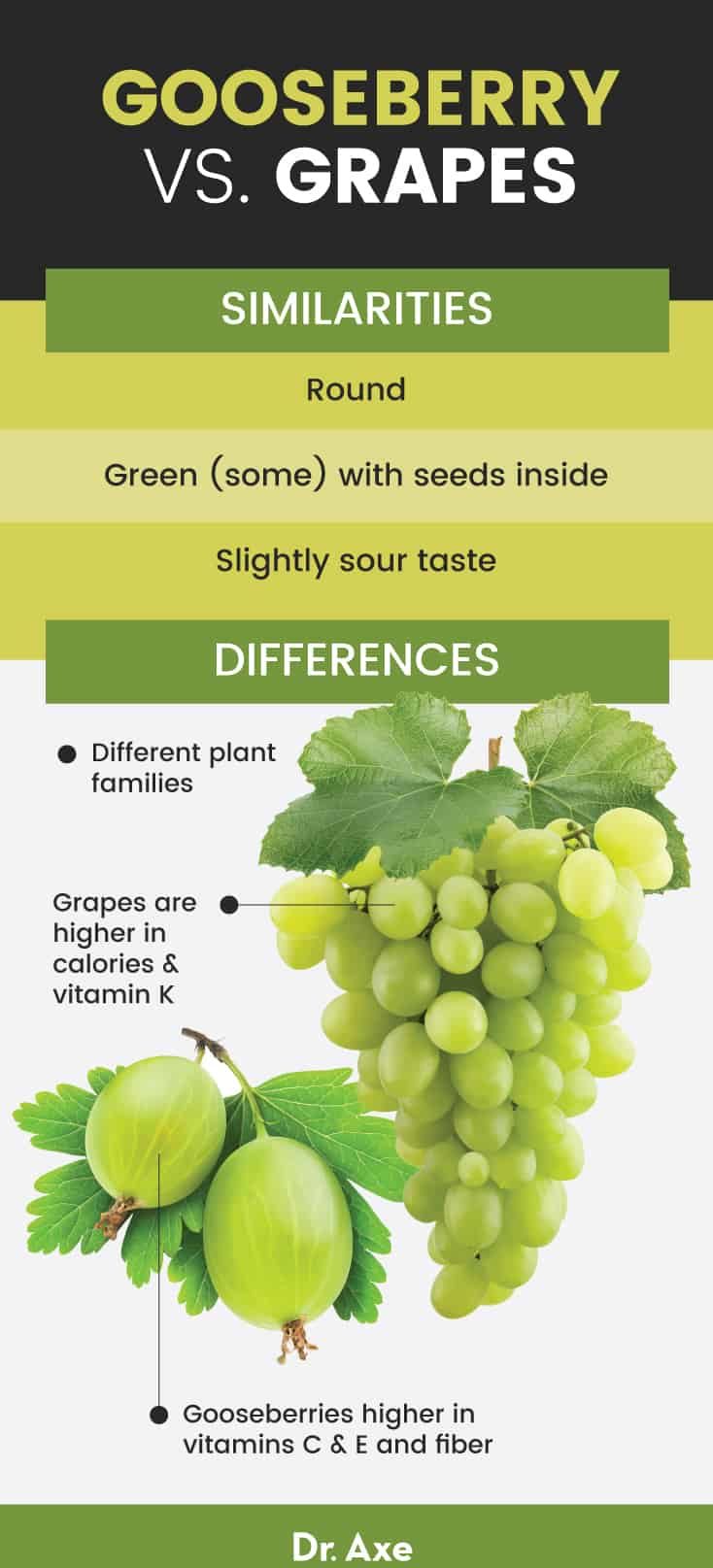This Dr. Axe content is medically reviewed or fact checked to ensure factually accurate information.
With strict editorial sourcing guidelines, we only link to academic research institutions, reputable media sites and, when research is available, medically peer-reviewed studies. Note that the numbers in parentheses (1, 2, etc.) are clickable links to these studies.
The information in our articles is NOT intended to replace a one-on-one relationship with a qualified health care professional and is not intended as medical advice.
This article is based on scientific evidence, written by experts and fact checked by our trained editorial staff. Note that the numbers in parentheses (1, 2, etc.) are clickable links to medically peer-reviewed studies.
Our team includes licensed nutritionists and dietitians, certified health education specialists, as well as certified strength and conditioning specialists, personal trainers and corrective exercise specialists. Our team aims to be not only thorough with its research, but also objective and unbiased.
The information in our articles is NOT intended to replace a one-on-one relationship with a qualified health care professional and is not intended as medical advice.
Indian Gooseberry Benefits for the Liver, Heart, Gut & Brain
September 24, 2018

Rich in nutrients and boasting a long list of health benefits, the Indian gooseberry definitely meets the criteria for qualifying as a superfood. In fact, the tree that bears this beloved fruit literally has an entire Hindu holiday dedicated to it.
For most, gooseberries are relatively unknown, virtually undistinguishable from the long list of exotic fruits found around the world.
Gooseberries are set apart, however, by their extensive nutritional benefits and medicinal properties — and they can even be used to make an herbal formulation known as triphala. Studies have shown that these potent fruits can do everything from reduce cholesterol levels to block cancer growth.
With more and more research demonstrating just how powerful this tiny fruit may be, it’s safe to say that incorporating it into your diet just a few times per week can bring big benefits to your health.
What Are Gooseberries?
Also known as Indian gooseberries, amla or their scientific name, Phyllanthus emblica, gooseberries are a fruit native to southeast Asia that grow from deciduous trees.
The Indian gooseberry plants ranges in size from small to medium and produces fruit that is typically round, greenish-yellow and bears six vertical stripes.
The gooseberry taste is often described as sour, strong and bitter. In India, it is often eaten with salt and red chili powder to help enhance palatability of the fruit.
Traditionally, amla has been used as a natural medicine thanks to its impressive nutrient profile and the wide array of health benefits that it has to offer.
Gooseberry Benefits
- Contains Phytochemicals
- Promotes Liver Health
- Reduces Cholesterol Levels
- Has Anti-Cancer Properties
- Controls Blood Sugar
- Prevents Constipation
- Decreases Inflammation
- Keeps Hair and Skin Healthy
- Enhances Digestive Health
- Supports Cognitive Function
1. Contains Phytochemicals
Gooseberries are high in phytochemicals, plant compounds with antioxidant properties that help fight off harmful free radicals in the body. (1) Free radicals cause oxidative damage to cells and even contribute to the development of chronic disease. (2)
The Indian gooseberry is high in phytochemicals like furosin, gallic acid, corilagin and quercetin, which are largely responsible for the health-promoting properties of gooseberries.
2. Promotes Liver Health
The liver is one of the most important organs in the body. It aids in detoxification, secretes bile to help digest fats and produces important proteins that play a role in many aspects of health.
Some studies have found that gooseberries could help enhance liver function and protect the health of this crucial organ. An animal study in 2013 found that treating diabetic rats with gooseberry extract increased antioxidant levels in the liver. (3)
Another review noted that amla, or gooseberry, has been shown to protect the liver against toxicity and even cancer in some animal studies. (4)
3. Reduces Cholesterol Levels
In addition to supporting the health of your liver, some studies have found that gooseberry benefits the health of your heart as well. Research shows that this berry could help reduce cholesterol levels in the blood, preventing the buildup of plaque and decreasing the risk of coronary heart disease.
A study in the European Journal of Clinical Nutrition supplemented men 35–55 years old with Indian gooseberry for 28 days and found that they had significant decreases in cholesterol levels. Interestingly enough, two weeks after stopping supplementation, their cholesterol levels had risen back up to normal. (5)
Another study in 2012 published in the Indian Journal of Pharmacology found that treating patients with gooseberry decreased levels of triglycerides and bad LDL cholesterol, increased levels of beneficial HDL cholesterol, and reduced blood pressure. (6)
4. Has Anti-Cancer Properties
One of the most impressive benefits of the gooseberry is its effect on cancer cells and ability to potentially prevent cancer. (7) A 2005 animal study conducted at the University of Rajasthan in India showed that treating mice with a concentrated dose of gooseberry extract decreased skin cancer tumor formation by 60 percent. (8)
Another test-tube study from Thailand showed that gooseberry helped inhibit the growth of human lung, liver, breast, ovarian, cervical and colorectal cancer cells. (9)
Additionally, gooseberries are also high in phytochemicals and antioxidants. These compounds help neutralize harmful free radicals and may be linked to a decreased risk of cancer. (10)
5. Controls Blood Sugar
Studies show that gooseberries may be able to help you maintain normal blood sugar levels thanks to their high fiber and antioxidant content.
Fiber slows the absorption of sugar in the bloodstream and can help prevent spikes and crashes in blood sugar levels. Gooseberries have also been shown to prevent high blood sugar and reduce the risk of diabetes complications like kidney damage or nerve damage as a result of uncontrolled blood sugar levels. (12)

6. Prevents Constipation
Gooseberries have a natural laxative effect and can help encourage regular bowel movements and prevent constipation. This is because they are high in fiber, which moves slowly through the gastrointestinal tract undigested, adding bulk to stool and easing its passage.
Studies show that increasing fiber intake from foods like gooseberry can help increase stool frequency. (13) Other natural constipation relief remedies include staying well-hydrated, minimizing your intake of highly processed foods, and eating plenty of fruits, vegetables, legumes, seeds and nuts.
7. Decreases Inflammation
While inflammation can be beneficial and is a normal immune response to injury, chronic inflammation is at the root of most diseases and has been linked to conditions like cancer, heart disease and diabetes. (14)
Research has found that Indian gooseberry can help reduce inflammation. A test-tube study published in the British Journal of Nutrition showed that amla extract decreased the levels of pro-inflammatory markers in human cells. (15)
The antioxidants found in amla may also help reduce inflammation by neutralizing free radicals and preventing oxidative damage to cells. (16)
8. Keeps Hair and Skin Healthy
Whether you realize it or not, some of the products you use on your hair and skin may already contain Indian gooseberry. For centuries, gooseberries have been used to improve the health of skin and hair, and now several recent studies have confirmed these powerful benefits.
One study out of Japan, for instance, found that amla extract helped increased production of collagen, the protein that is responsible for providing youthfulness and elasticity to the skin. (17) Another animal study out of the Gill Heart Institute’s Division of Cardiovascular Medicine at the University of Kentucky found that Indian gooseberry extract helped speed up wound healing in rats. (18)
In terms of hair health, one animal study even found that applying amla oil to rabbit fur significantly increased growth. (19) Additionally, gooseberry is high in vitamin E, a nutrient that has been shown to protect the skin and enhance hair growth. (20, 21)
9. Enhances Digestive Health
Some studies have shown that gooseberries contain gastroprotective effects and may help keep your digestive system working efficiently while preventing problems like gastric ulcers.
An animal study in Phytomedicine reported that giving rats amla extract blocked the development of stomach lesions, decreased gastric secretions and protected against injury to the lining of the stomach. (22) Another animal study had similar findings and noted that giving rats amla extract helped heal and protect against stomach ulcers. (23)
Gooseberry is also high in fiber, which can promote regularity and get things moving to prevent issues like constipation.
10. Supports Cognitive Function
Research has unearthed some surprising findings when it comes to the effects of Indian gooseberry on brain function.
A 2016 study, for instance, found that treating rats with gooseberry extract increased memory retention and antioxidant levels and also decreased levels of acetylcholinesterase, an enzyme associated with Alzheimer’s disease. (24)
Another study combined gooseberry with heart-leaved moonseed and found that it improved measures of learning and memory in rats. (25)
Nutrition Facts
Gooseberries are low in calories but high in fiber, vitamin E and vitamin C. They can also help you meet your daily needs for micronutrients like manganese, vitamin A and potassium.
A hundred grams of raw gooseberries contains about (26, 27)
- 44 calories
- 10.2 grams carbohydrates
- 0.9 gram protein
- 0.6 gram fat
- 4.3 grams fiber
- 27.7 milligrams vitamin C (46 percent DV)
- 0.1 milligram manganese (7 percent DV)
- 290 IU vitamin A (6 percent DV)
- 198 milligrams potassium (6 percent DV)
- 0.1 milligram vitamin B6 (4 percent DV)
- 0.1 milligram copper (4 percent DV)
Gooseberries vs. Grapes
Gooseberries are often compared to green grapes thanks to their similarities in taste and appearance. Both green grapes and gooseberries are round and green with seeds inside and a slightly sour taste.
However, both belong to different families of plants and offer an entirely different set of nutrients.
Grapes, for example, are higher in calories and vitamin K but lower in vitamin C and vitamin E. Additionally, they offer only about 18 percent the amount of fiber as gooseberries per 100 grams.
Still, both contain important vitamins, minerals and antioxidants and can be excellent additions to a nutritious and balanced diet.

Recipes
Unless you’re lucky enough to have a gooseberry tree right in your own backyard, finding fresh Indian gooseberries can be a bit of a challenge. With a bit of luck, however, you can often find them frozen at specialty Indian stores. You can also find Indian gooseberry in dried or powder form at health food stores and online retailers.
Be sure not to confuse them with cape gooseberries. Also known as the ground cherry, this is a plant native to South America that is closely related to the tomatillo but not the Indian gooseberry.
Once you get your hands on raw or powdered amla, there many possible Indian gooseberry uses and recipes that you can give a try. For example, you can try pickling gooseberries, adding them to chutneys, or using them in soups and smoothies to boost the nutritional content of your meals and snacks. If you’re feeling adventurous, you can also eat them the traditional way: chopped up and with a pinch of salt.
If you’re already itching to give this potent fruit a try, here are some recipes to start experimenting with:
- Amla Mint Chutney
- Indian Gooseberry Dal Soup
- Spicy Amla Pickles
- Indian Gooseberry and Jaggery Chutney
- Creamy Coconut Smoothie with Amla Powder
History
The Indian gooseberry tree is said to have significant value in Hindu culture. In fact, it is considered sacred because Vishnu, one of the main deities of Hinduism, is believed to reside in the tree.
Amalaka Ekadashi is a Hindu holiday celebrating and worshipping the gooseberry tree and is considered one of the main celebrations of Holi, the Hindu festival of colors.
In Hinduism, amla is also believed to come from drops of immortality that were accidentally spilled onto the earth during a fight between gods and demons. Supposedly, this accounts for the medicinal properties of the Indian gooseberry as well as its purported ability to extend life and cure disease.
The Indian gooseberry tree is also a part of the Buddhist religion as well. It is believed to have been used to achieve enlightenment by Phussa Buddha, the first Buddha of antiquity.
Indian gooseberry has also been used in Ayurvedic medicine and is said to enhance longevity, reduce constipation, improve digestion, treat asthma, increase hair growth and promote heart health.
Today, it is a common ingredient in many Asian cuisines and is also used in inks, shampoos and hair products thanks to its high tannin content.
Risks and Side Effects
If you are allergic to Indian gooseberry or experience any negative side effects after consuming it, you should discontinue use immediately and consult with your doctor.
Indian gooseberry might also increase the risk of bleeding or bruising. Those with bleeding disorders should use caution when consuming gooseberry. Additionally, be sure to stop taking it at least two weeks prior to surgery to prevent an increased risk of bleeding.
If you have diabetes, gooseberry may decrease blood sugar levels. If taking gooseberry, talk to your doctor to see if you might need to have your dosage of diabetes medications adjusted.
Finally, there is limited research on the effects of amla on those who are pregnant or breastfeeding. Exercise caution and use only in moderation to prevent negative side effects.
For the most part, however, Indian gooseberry is safe to consume with minimal risk of adverse symptoms. If you do experience any side effects, however, be sure to report them to your health care practitioner.
Final Thoughts
- Indian gooseberry, or amla, is a fruit that grows from a tree native to southeast Asia.
- It is low in calories but high in fiber, vitamin C and vitamin E along with several other select vitamins and minerals.
- Throughout history, this fruit has been known for its medicinal properties and has been used for everything from improving digestion to treating asthma.
- Studies have found a long list of gooseberry benefits, including improved heart, skin, hair and liver health; enhanced cognitive function; and decreased inflammation among others.
- To take full advantage of the benefits of gooseberry, add it to soups, chutneys or smoothies and enjoy the added dose of nutrients it provides.



